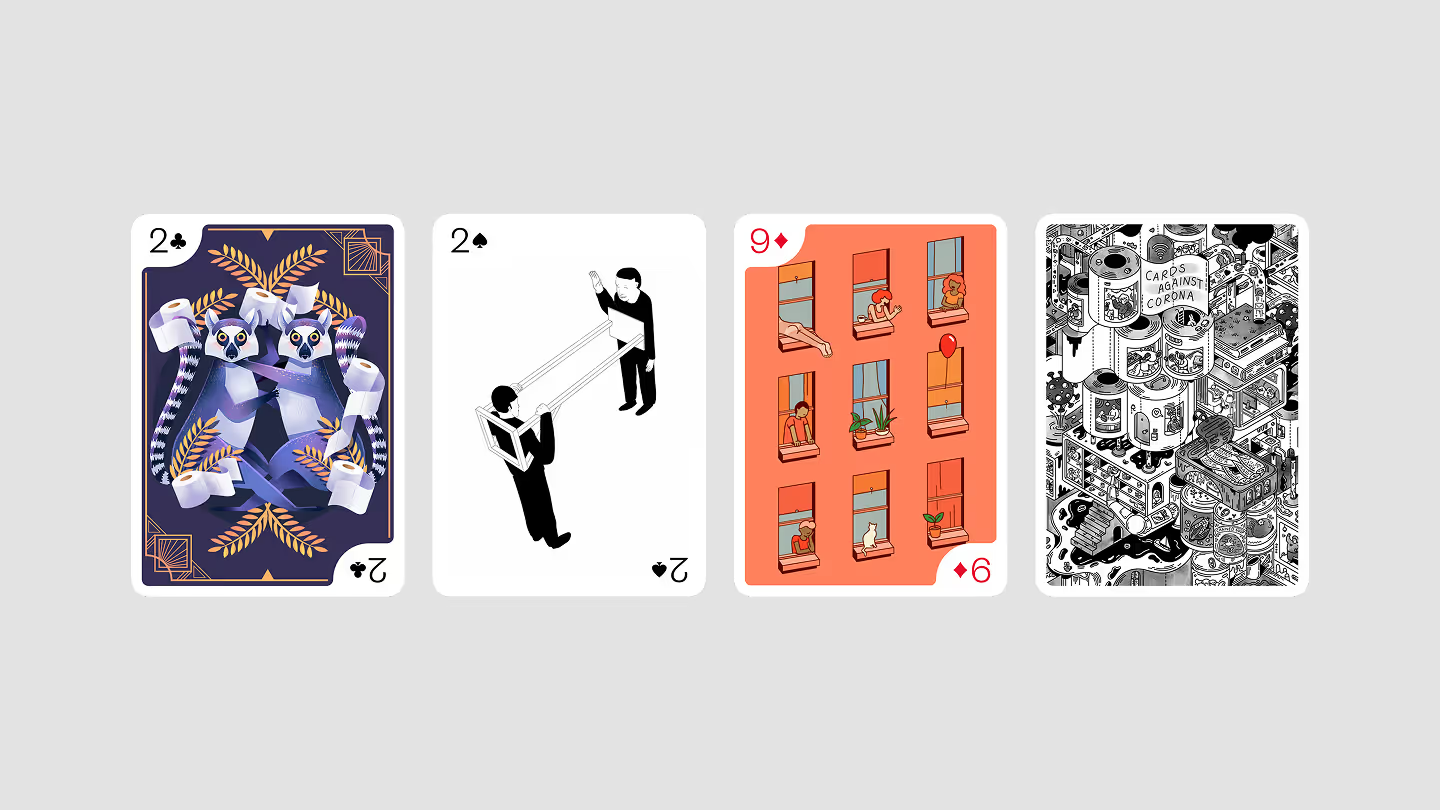Scalable Component Build
Freedom, speed, and brand consistency — why component builds are the foundation for scalable, future-ready websites.

What is a Scalable Component Build, and why does it matter?
A Scalable Component Build is a way of building websites where most sections are designed and implemented as a reusable, configurable unit. Instead of hard-coded pages, you get a flexible system.
It matters because it:
- Keeps your brand consistent while still allowing for variation.
- Makes it much faster to launch new pages and campaigns.
- Reduces long-term maintenance, since you’re scaling a system rather than patching pages.
Is it time-consuming to create?
Building a scalable system does take more upfront effort, but it’s an investment that pays off every single time your team adds or edits content later.
To set it in perspective, you can prompt a website in seconds in Cursor. It will however not hold up as a sustainable long-term solution. A component build takes longer at the start, but it both opens up possibilities and saves countless hours down the line.
What are the risks of not using a component-based system?
Without a structured system, websites often end up messy or hard to manage. Common risks are:
- Inconsistent design and messaging across pages.
- Bottlenecks when the marketing team needs developer help for every update.
- Expensive rebuilds when the site needs to scale or adapt to new campaigns.
How does this approach give marketing teams more freedom and speed?
Because every component is pre-built, approved, and configurable, your team can:
- Assemble new pages in hours, not weeks.
- Edit content without breaking layouts or drifting off brand.
- Scale campaigns faster, without always needing design or dev resources.
It’s freedom with guardrails: your team moves quickly, while the site stays consistent.
What’s Oimachi’s process for designing and implementing Scalable Components Builds?
We approach it as a structured but collaborative process:
- Discovery → Conversations with your team to understand business goals and marketing needs.
- Architecture → Mapping the site’s structure and identifying the key building blocks.
- Design → Creating Figma components that define both flexibility and brand guardrails.
- Implementation → Developing the components in Webflow, exposing relevant properties for easy editing.
- Testing → Making sure everything works across use cases and breakpoints.
- Onboarding → Training your marketing team so they know exactly how to use the system.
- Support → Ongoing help if you want to expand or refine the component library over time.
How do you balance creativity with the need for consistency?
Finding the right balance is part of every project. The more creativity and visual impact you add, the more you usually sacrifice flexibility. Striking that balance comes from understanding your business goals and marketing needs.
- On larger sites, most components are designed to cover 75–90% of common needs, with built-in flexibility for layouts, colors, and media.
- For standout sections like a campaign hero or highly interactive features – we create special components. These may have fewer editing options, but allow for greater creative expression.
This way, you get both: a strong, consistent foundation and room for standout creative.
What can’t be edited by our own marketing teams?
Depending on the specific solution, both content and layout decisions can be handled directly by your team, but there are a few areas that usually requires an experienced developer:
- Complex animations (e.g. GSAP-driven effects).
- Global navigation structures and menu
- Advanced custom code and logic
Is this something you only deliver as part of a new site, or can it be retrofitted?
Scalable Component Builds are tied to new site projects. Retrofitting into an older setup often isn’t practical, since this Scalable Component Builds relies on leveraging the newest Webflow features and a solid foundation from the ground up.




